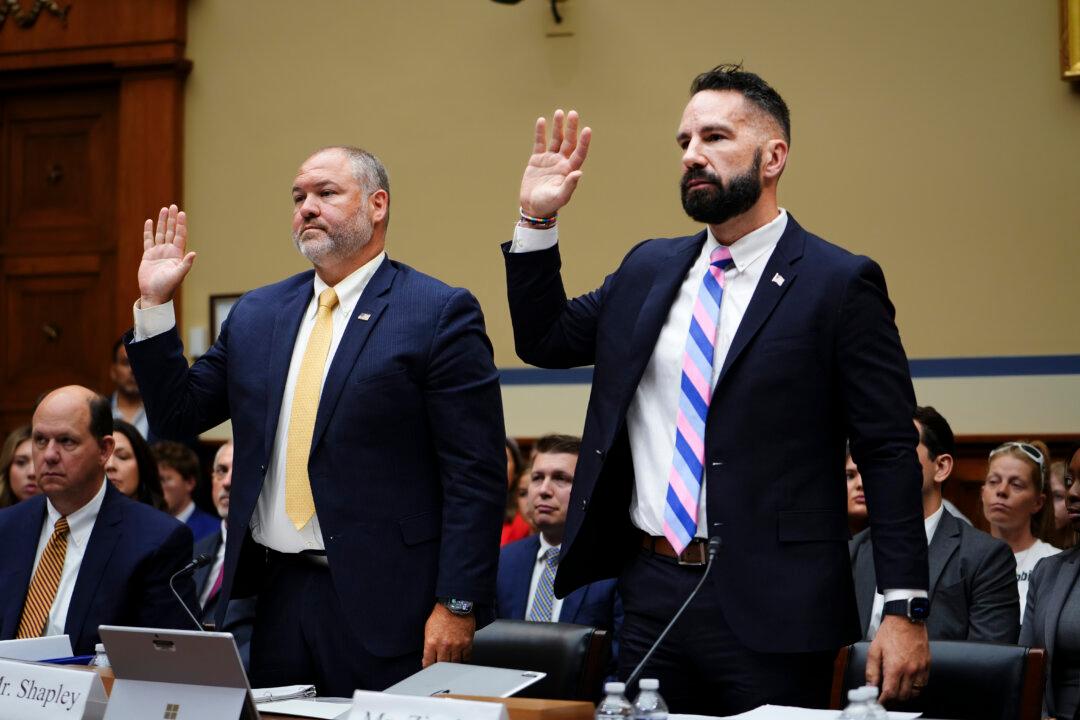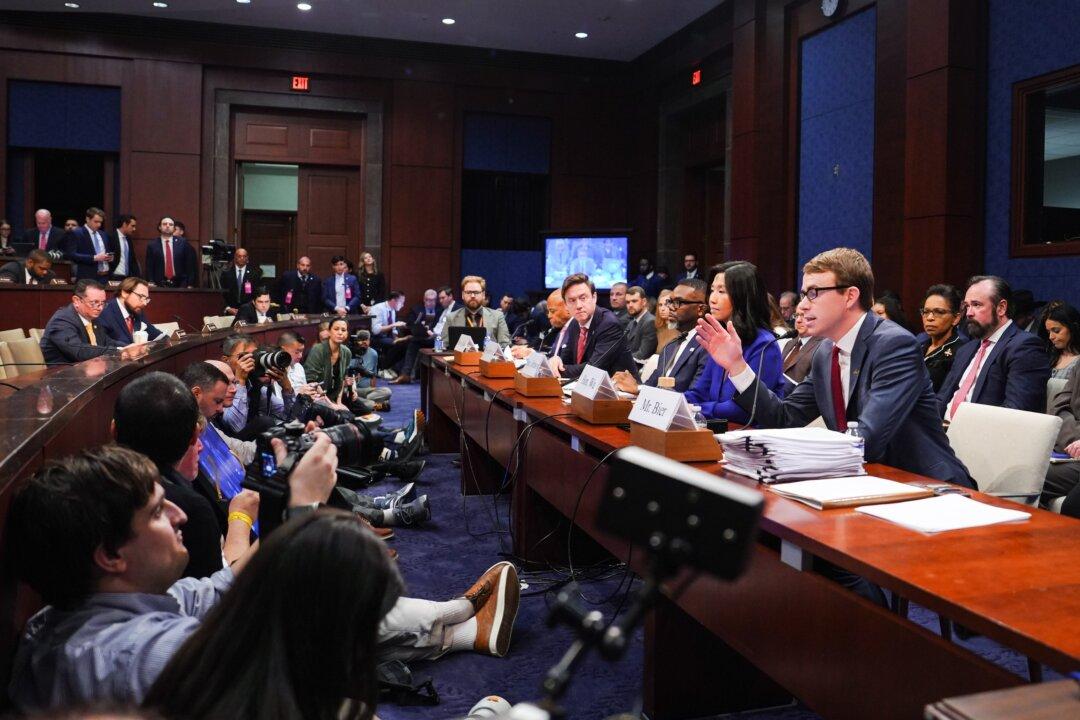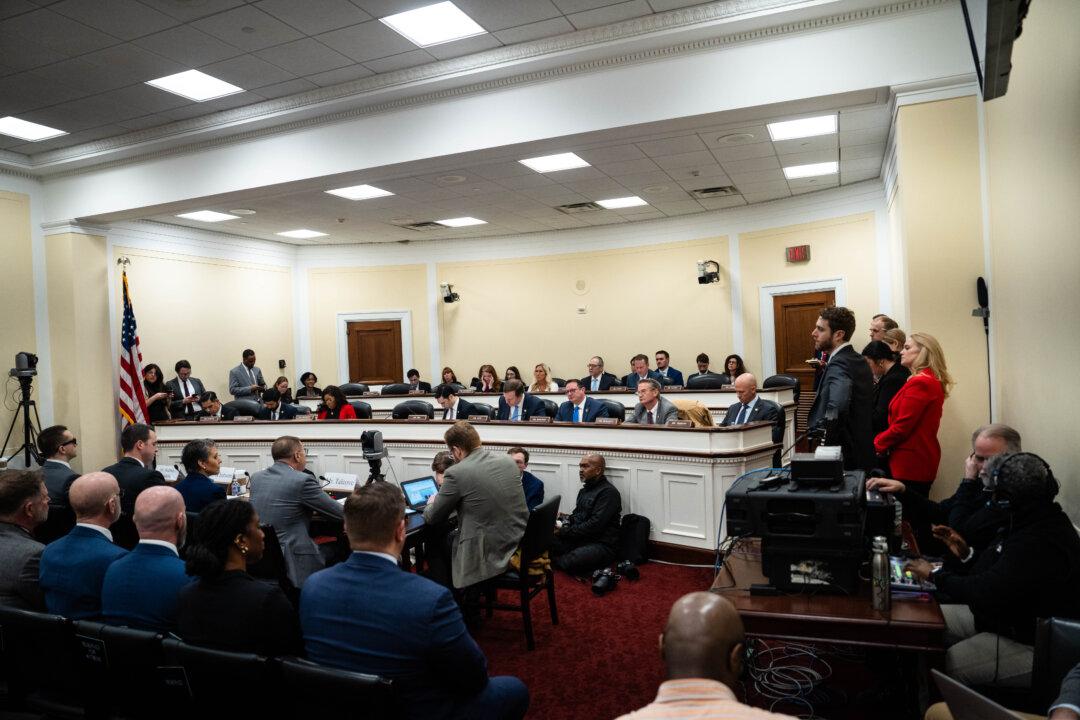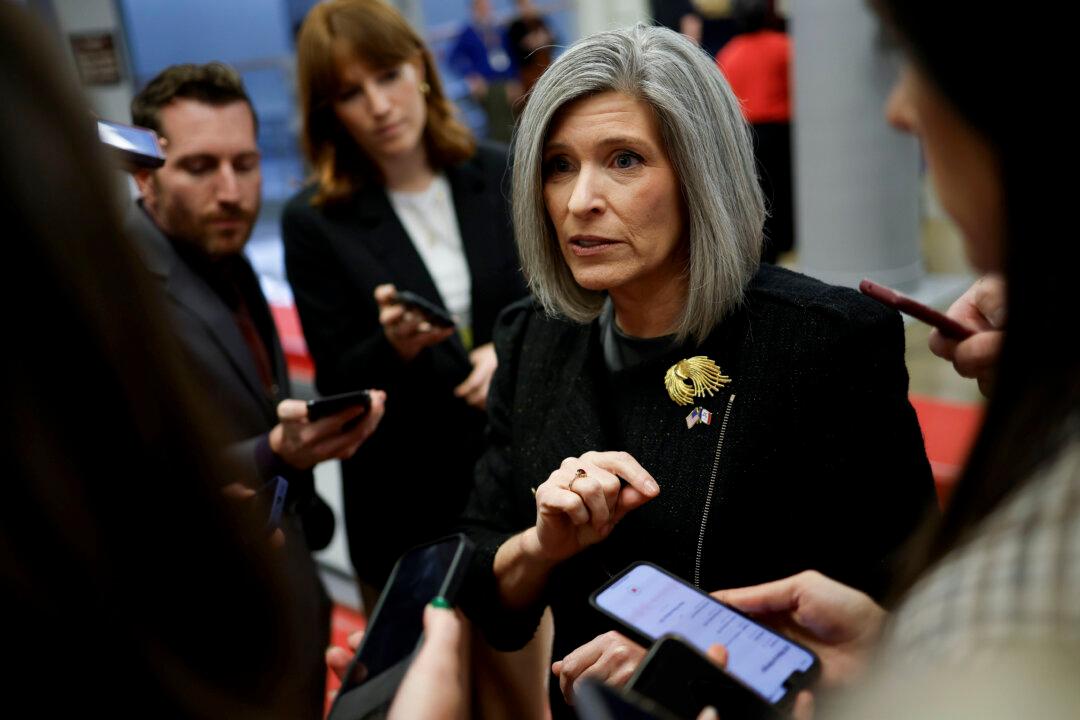America’s largest labor union is the National Education Association (NEA), organized in 1906 with a congressional charter “to elevate the character and advance the interests of the profession of teaching; and to promote the cause of education in the United States.”
Now, 116 years later, the average individual U.S. teacher salary is $60,909, just below the median household income of $67,521 for the country in 2020, according to the U.S. Census Bureau.





